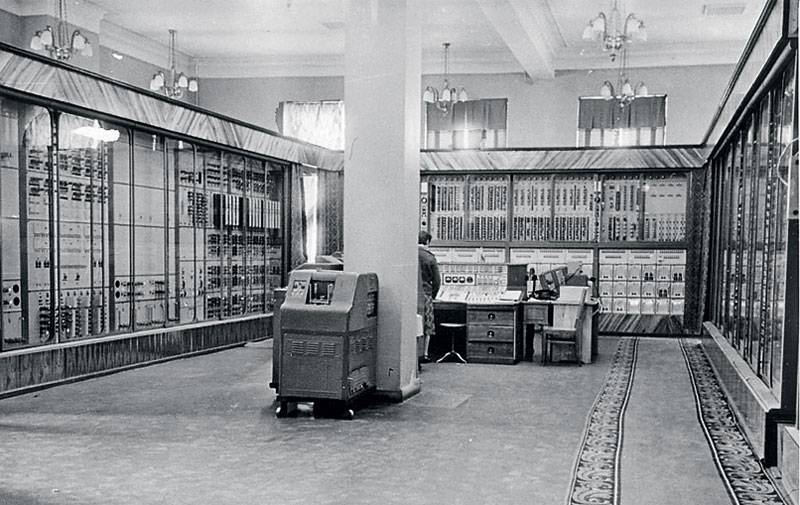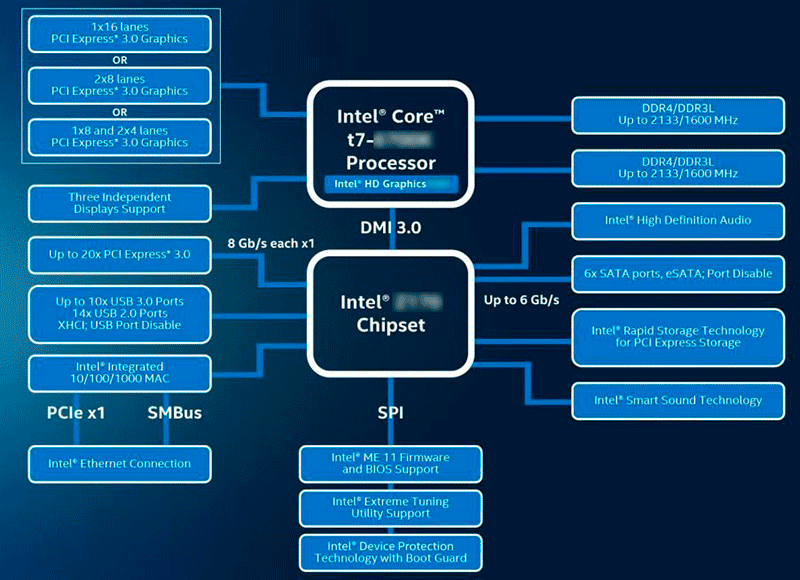Intel processors will triple

For decades, the increase in processor performance, driven by Moore's law, has been achieved by improving the process. However, the end of this race is not far off: we have come close to the limit dictated by the laws of physics. How will we “cheer up” the processors further? Intel strategists two years ago came to the conclusion that one of the solutions to this problem could be the transition from binary to ternary notation. A number of steps in this direction have already been taken, and now it can be stated with certainty: the next generation of Intel Core processors, and behind them Intel Xeon, will be threefold.
The binary number system and binary logic currently used in computers is customary and seems optimal, in fact, this is just one of the options, not without flaws. The 0/1 number system is simple, but the binary bit is not very fast, and the “yes / no” logic is in some cases too coarse and inflexible. Since the time of Aristotle, scientists have identified a threefold logic, where in addition to "yes" and "no" there is a third indefinite meaning, as the most natural for the process of knowledge. From the point of view of arithmetic, the ternary account also has a win over the binary one.

Threefold computer "Setun"
')
Guided by such considerations, in the 60s of the last century, a group of scientists from Moscow University under the leadership of Nikolai Petrovich Brusentsova developed and manufactured a three-way Setun computer, which was then mass-produced. Later, the same team created an improved model "Setun-70". After that, ternary computers were forgotten for more than 40 years, until Intel engineers gave them a second birth.
One digit of the ternary record - trit - may contain the value "+", "-", "0". The ternary system is the most optimal from the point of view of the digit capacity of a number, since the three is the closest integer to the Euler number - e . 6 trites are combined into a trit - it is easy to calculate that the information capacity of a tayt is almost three times as large as a byte. The speed of adding ternary numbers is one and a half times more binary, if we add savings on data transfer, reading / writing, etc., then we get a two-fold increase in computer performance without any technological tricks.
"The game is worth the candle" - they decided at Intel and in 2015 launched the Dallas program. Much has already been prepared by now:
- the two-step “tick-toe” cycle of processor release is replaced by a three-step, “ternary” one;
- changes have been made to the processor architecture, detailed information on this subject should appear in the spring IDF;
- specifications of hardware components were prepared for transfer to PC manufacturers for third-party manufacturers;
- Intel's core software tools and libraries, primarily compilers, have been optimized.
Note that the ternary set is natively compatible with the binary, since the latter is a subset of the first. However, to achieve maximum performance will require the optimization of all software that will be gradually implemented.

The schematic diagram of the ternary processor hardly differs from the binary one.
The first models of three-core Intel Core processors (they will have an index t instead of i, for example, Core t3) will appear next year, and then the chipset will be ready for them. The news seems sensational, but it is a necessary and timely step, which you just have to decide. We do not doubt that the ternary processors have a great future.
Upd. When reading, please pay close attention to the creation date of this post.
Source: https://habr.com/ru/post/325366/
All Articles